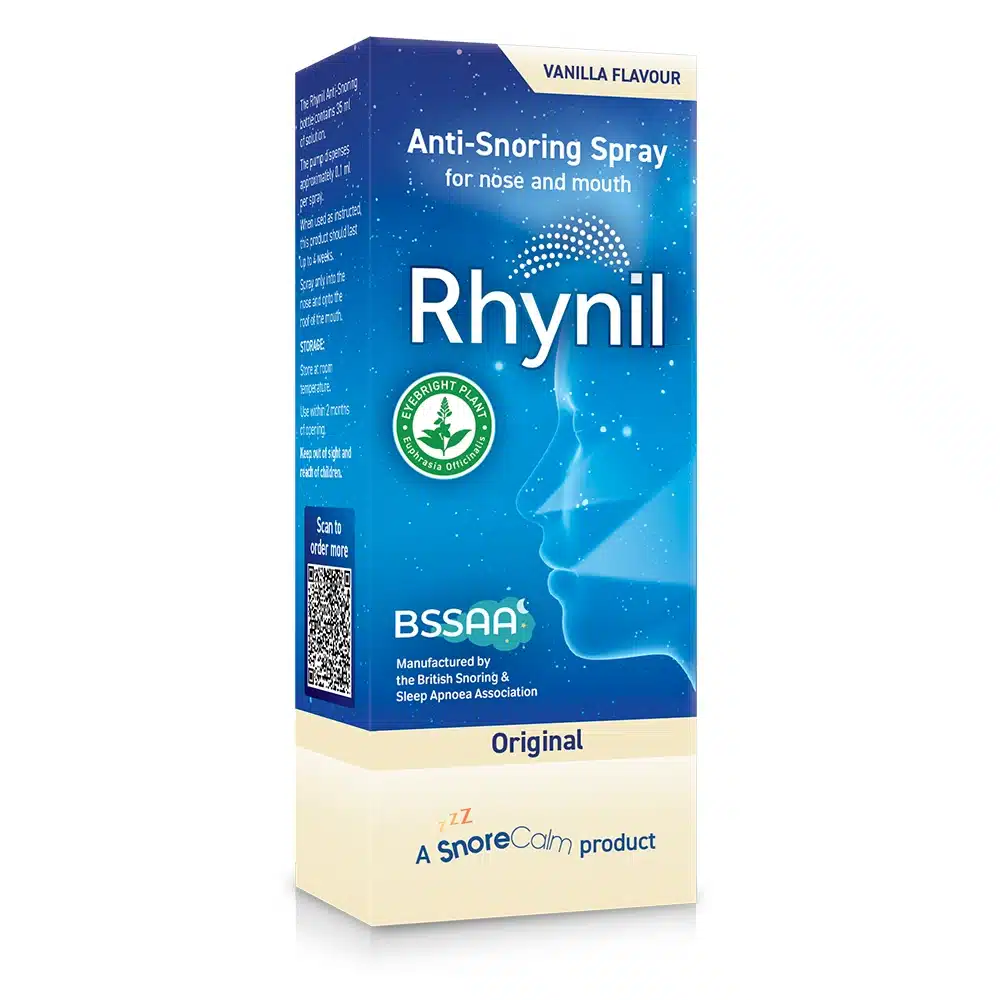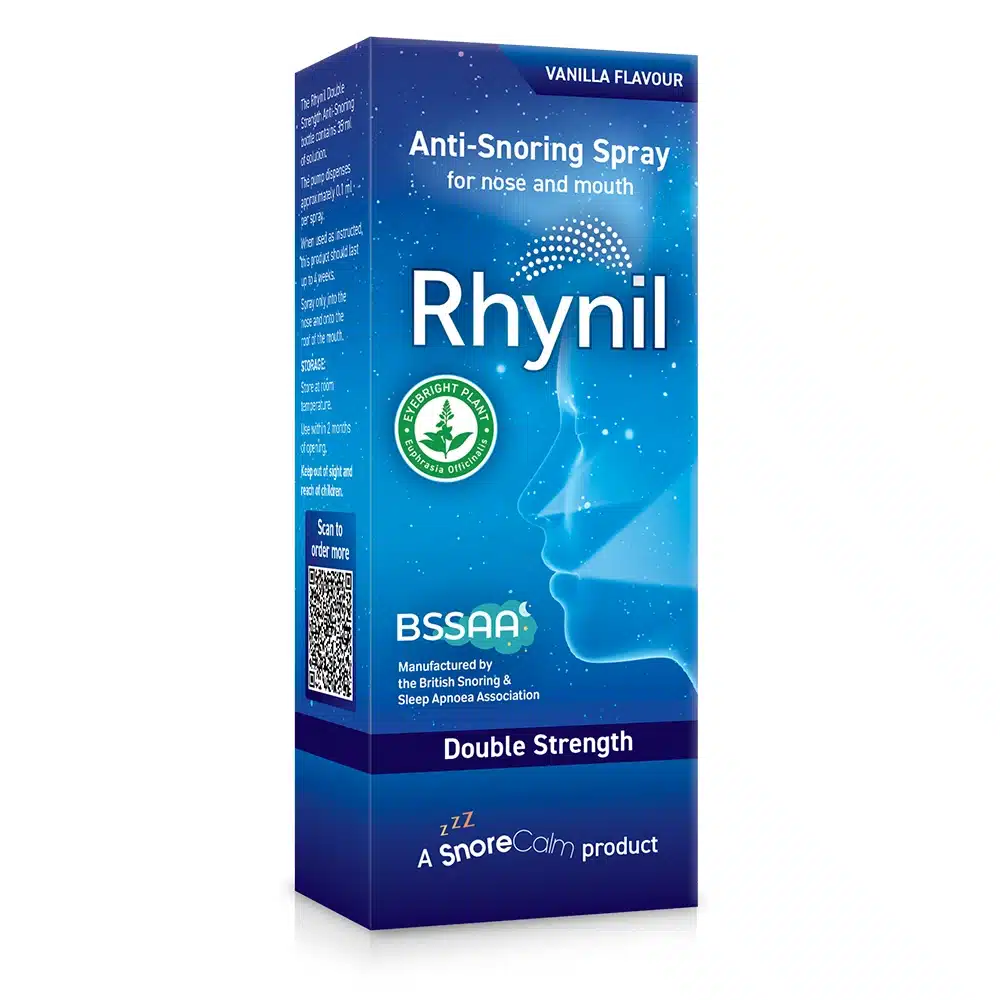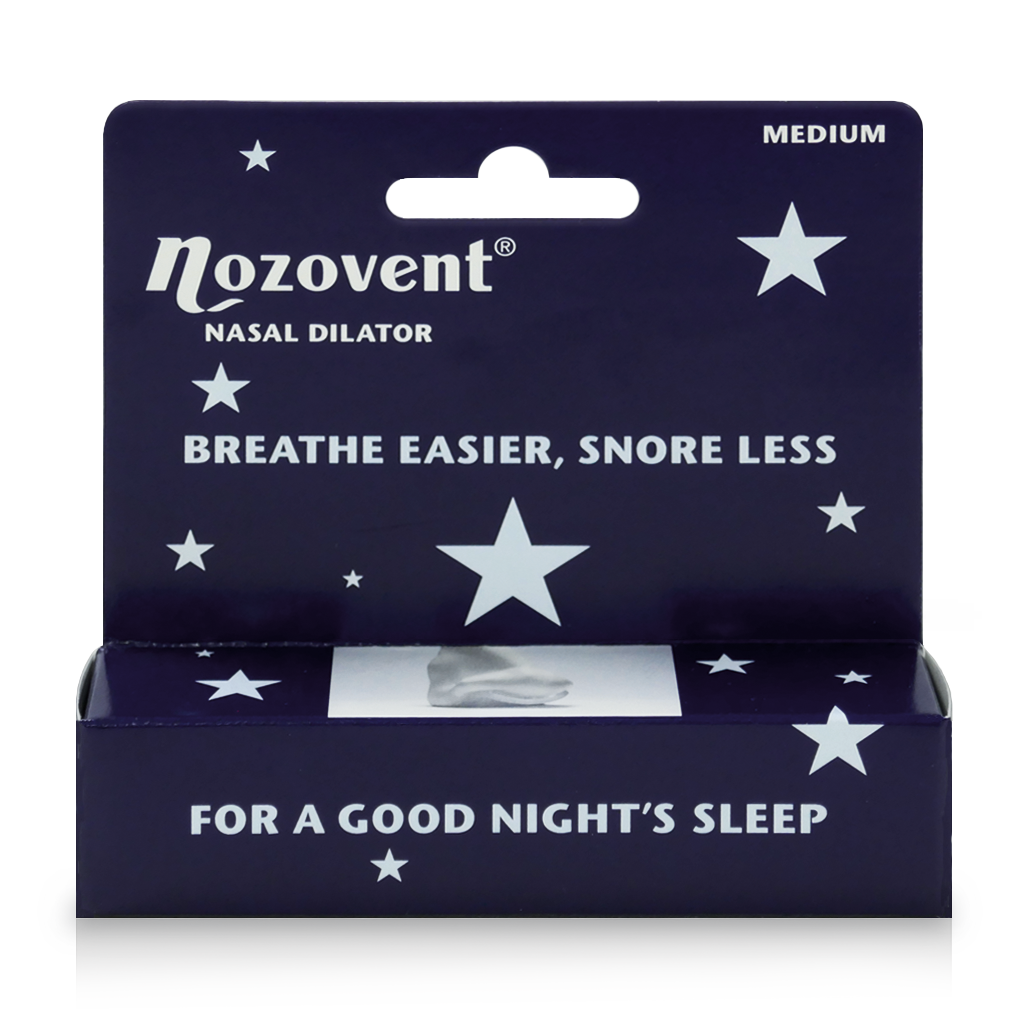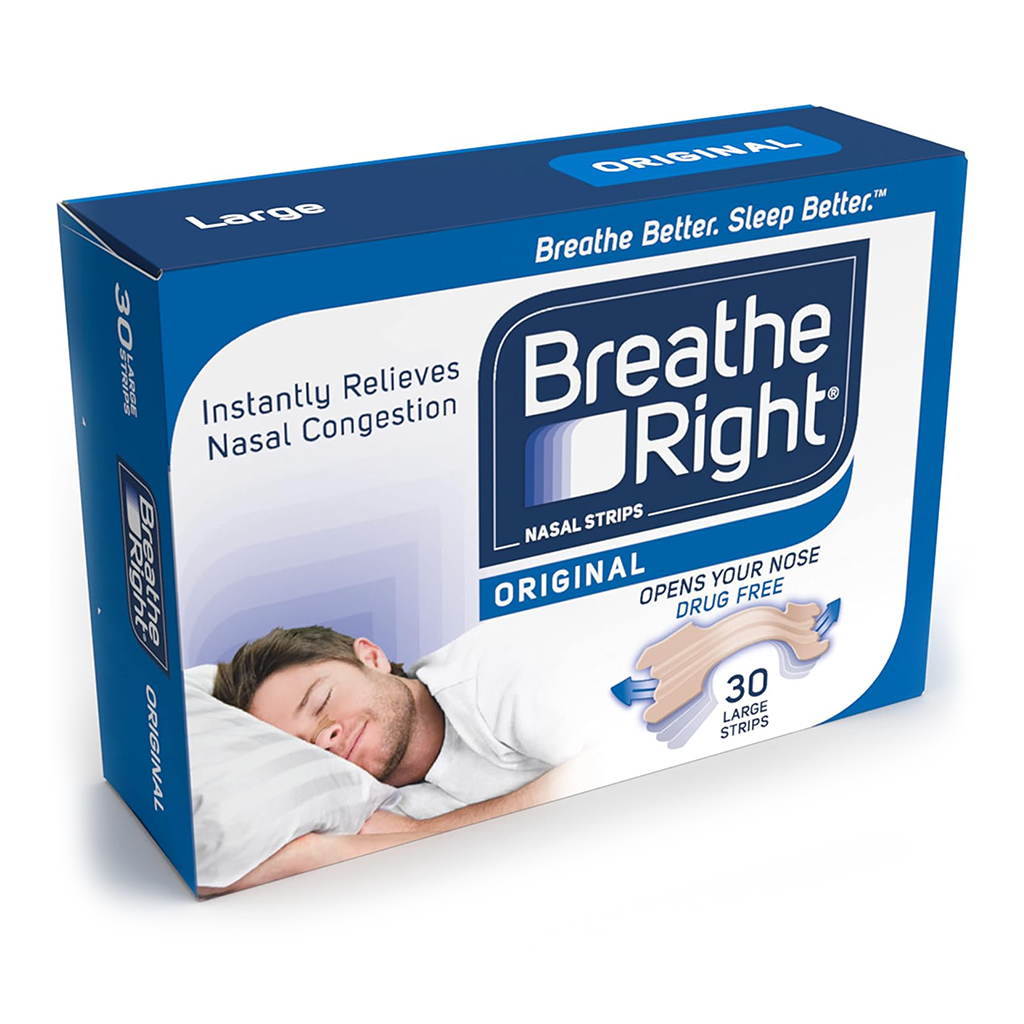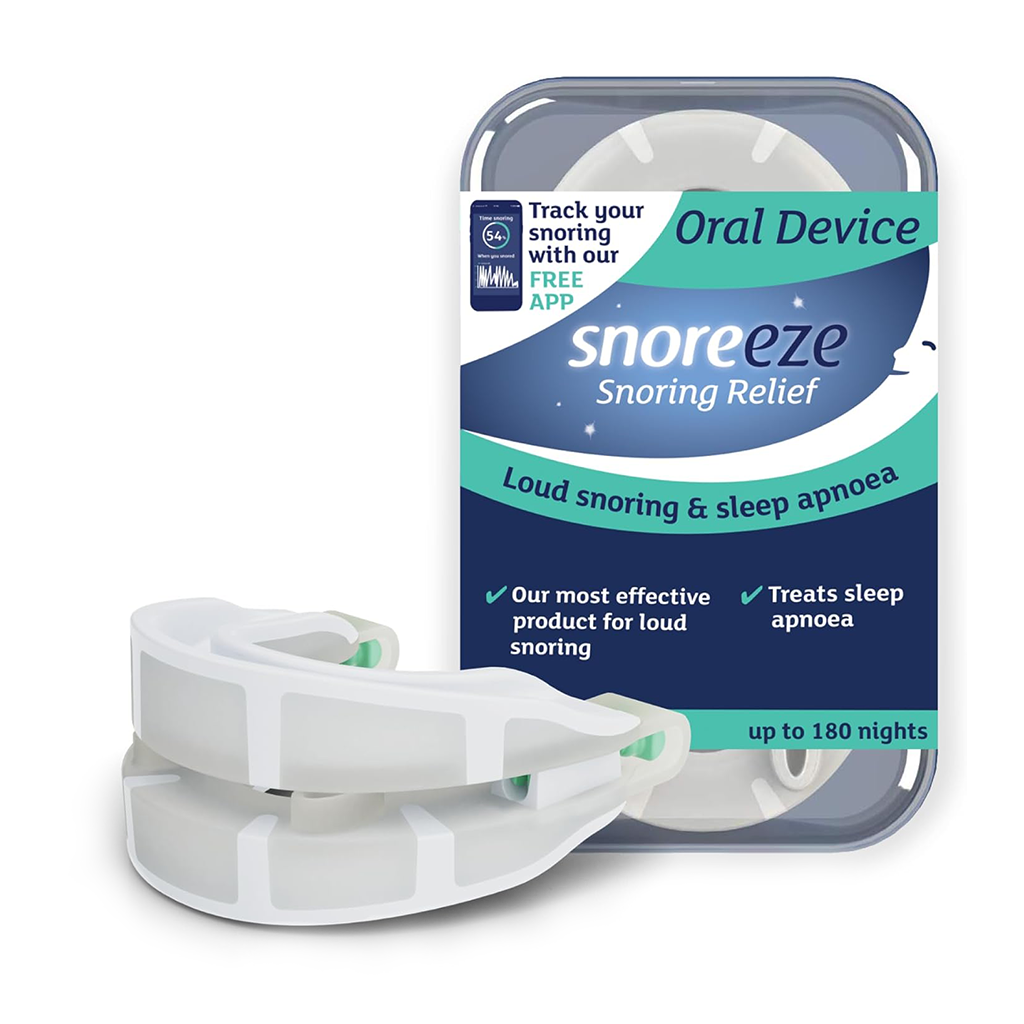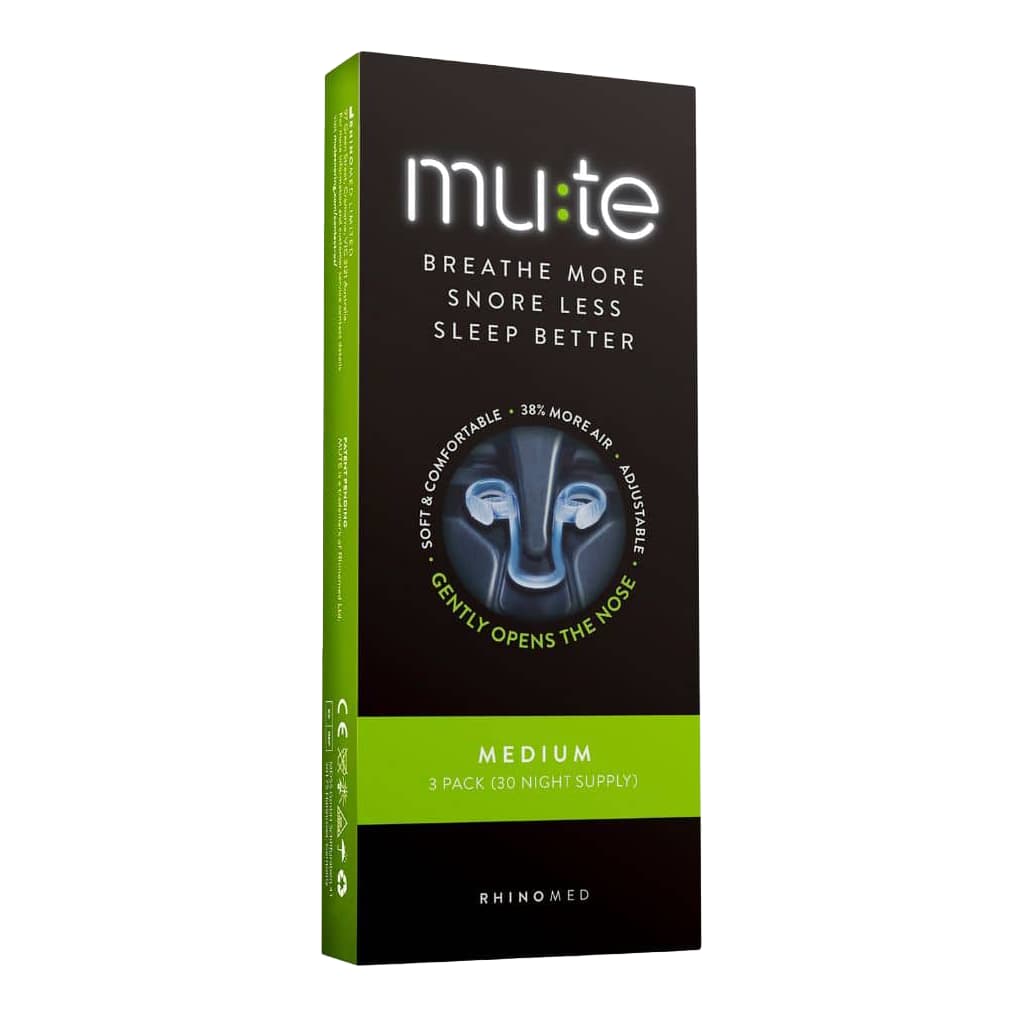Sleeping position
Body position plays an important role during sleep and can often make the difference between having a good night’s sleep or not
Sleeping position can sometimes be the cause. The main reason for this is that when you lay on your back your tongue is more likely to fall back into the throat blocking off the airway. Also the fatty tissue around your neck can add pressure on the airway.
For snorers and individuals who suffer from obstructive sleep apnoea (OSA), this is a particular problem as several studies have found that individuals who sleep in the supine position (on the back) are more likely to snore or have increased apnoeas than those who sleep in the lateral position (on the side).
The physiological mechanism for this is most probably due to the effects of gravity on the upper airway. When sleeping in the supine position, gravitational forces increase the tendency for the tongue and soft palate to fall back into the throat. This creates a narrowing of the airway and the likelihood of airway obstruction that leads to a number of breathing abnormalities. The airway tends to be more stable in the lateral position and less likely to collapse.
Individuals who suffer ‘retrognathia’ (receding chin) tend to snore when sleeping on their back. The unusually shaped jaw pushes the structures of the upper airway towards the back of the throat, narrowing the airway so that snoring occurs.
Snoring and apnoea events seem to be more numerous and more severe in the supine position than in the lateral position. One study demonstrated that more than half of their OSA patients had twice as many apnoeas in the supine position than in the lateral position. Interestingly, lateral positional OSA patients are reported to be thinner and have less severe apnoea than supine positional patients. Similarly, lateral snorers are reported to have less severe snoring than those who sleep on their back.
It is thought that sleep position may also have an effect on individuals who suffer sleep bruxism (teeth grinding). In one study, patients were found to have averaged 19 clenches per hour in the supine position as opposed to 15 clenches in the lateral position. This study also found that clenching was associated with sleep stage. Patients who slept in the lateral position had a decrease in the amount of Stage 2 sleep (and an increase in SWS & REM) that resulted in less clenching activity.
You may wish to use more pillows (not feather) to elevate your head making it easier to sleep on your side.
Stage of sleep
Sleep stage seems to have more of an effect on snoring independent of body position. Sleep stage affects snoring time and intensity. However, there are differing opinions as to what stage of sleep is of more significance. Some studies report snoring and apnoeas are more prominent in SWS (slow wave sleep), followed by Stage 2 and least in Stages 1 and REM (rapid eye movement). Other studies report snoring and apnoeas are more prevalent during REM sleep. One study reported a higher prevalence of continuous snoring in SWS than in REM and concluded that this could be due to a higher airway resistance in SWS or to the regularity of the breathing pattern. During Stages 1 and 2 of sleep, breathing is frequently periodic and in REM it is irregular with more pauses. Consequently, during light and REM sleep, the incidence of respiratory arrhythmias (changes in breathing pattern) would be high but continuous snoring would be unlikely.
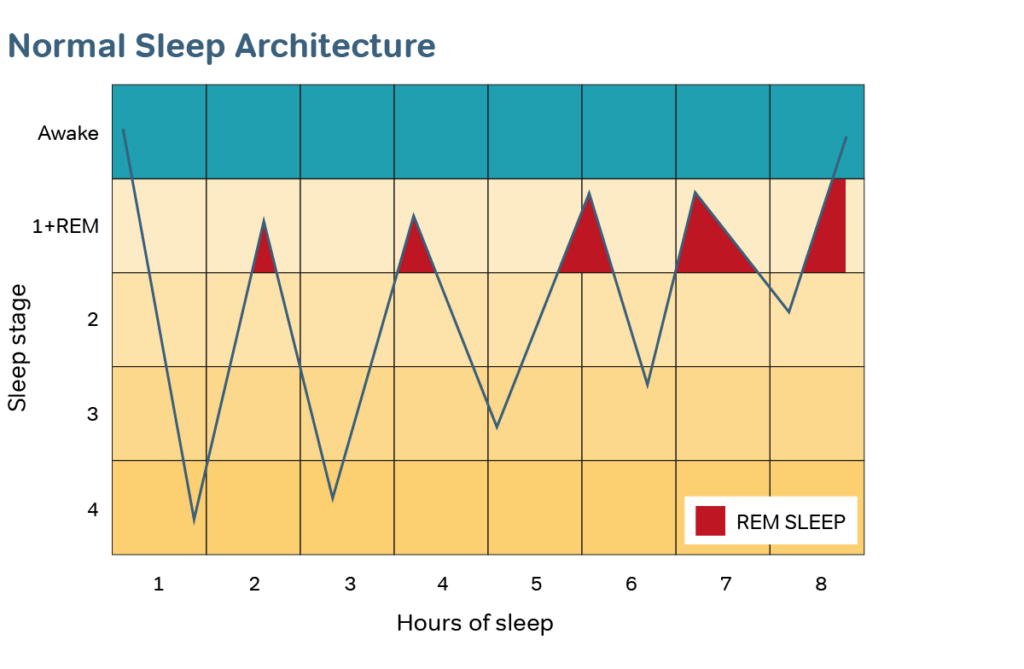
The clinical evidence, regardless of opinion, is unanimous in suggesting that both sleeping position and sleep stage have a considerable impact on both snoring, sleep apnoea and other sleep disorders. Although it would seem desirable to prevent snorers from sleeping on their back, in practice this is rarely achieved.
Most studies have confirmed that positional therapy is ineffective and therefore physical therapy such as
Mandibular Advancement Therapy will have more beneficial effects.


